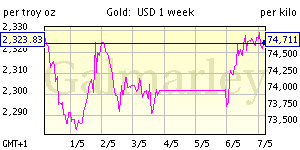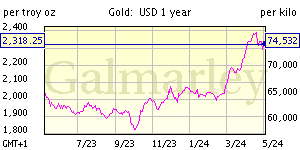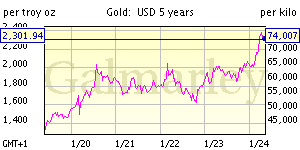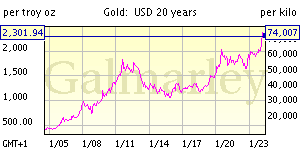U.S. Secretly Helped Spain Fight Treasure Hunter
Diplomat turned over documents to aid legal battle over gold and silver, cables show
TAMPA — Sunken treasure, WikiLeaks documents and a priceless French painting.
Suddenly, a great deal of international drama has touched down in Tampa and reads like a diplomatic thriller — with half a billion dollars in gold at stake.
For years, Tampa's Odyssey Marine treasure hunting company has been fighting with the Spanish government over a 17 tons of gold and silver coins that Odyssey discovered and brought up off the Atlantic Ocean floor.
Now, it turns out, Spain has been getting secret help since 2007 from an unlikely source: The U.S. government.
Among the thousands of documents released by WikiLeaks are several U.S. diplomatic cables describing how U.S. ambassadors were helping Spain in their cause — partly to help broker a deal to bring a famous painting in Spain to a U.S. citizen who claimed it was looted by the Nazis in World War II.
Specifically the U.S. offered to provide confidential customs documents prepared by Odyssey that Spain in turn planned to use in court to fight the company.
Odyssey officials are not pleased.
."The cables seem to indicate that someone in the U.S. State Department has literally offered to sacrifice Odyssey and its thousands of shareholders along with the many jobs created by the company in exchange for the return of one painting to one U.S. Citizen," the company said in a statement to the Tribune. "It is hard to believe that this really happened. It sounds like something out of a Hollywood script."
London's Guardian newspaper first reported the cables, as part of its ongoing digestion of thousands of documents released by WikiLeaks. The U.S. government has condemned the release and called for prosecution of WikiLeaks founders.
The Spanish were cool to the idea of returning the painting, the cables show, but were grateful after Department of Homeland Security staff in the U.S. embassy in Madrid handed the Spanish customs import documents that Odyssey had filed when bringing the treasure to Tampa.
"The information was confidential," the U.S. cable stated, "and to be used only for law enforcement purposes." The Spanish replied that they were "interested in obtaining the Odyssey customs information to provide to lawyers representing the [Government of Spain] in the Tampa Admiralty Court."
Odyssey found the treasure in May 2007 and has since argued that the treasure was on board a Spanish commercial vessel. The ship sank in international waters, possibly in 1804 while carrying commercial goods from Peru, Odyssey says, and was thus fair game for any salvage company that found it. Odyssey is now locked in a protracted legal battle with Spain, which claims the treasure was on a military mission at the time, and thus Spanish property forever.
A diplomatic cable a year later describes how the U.S. Ambassador to Spain, Eduardo Aguirre, suggested a deal.
He met with Spanish Minister of Culture Cesar Antonio Molina on June 30, 2008, who told the U.S. Ambassador that they should meet over the issue of a claim by an American citizen, Claude Cassirer, to recover a painting by Camille Pissarro. Cassirer claims the Nazis in 1939 forced his grandmother to sell them the painting and it passed through several hands before ending up in a Spanish museum.
"The [U.S.] ambassador noted also that while the Odyssey and Cassirer claim were on separate legal tracks," the cable states, "it was in both governments' interest to avail themselves of whatever margin for manouevre they had, consistent with their legal obligations, to resolve both matters in a way that favoured the bilateral relationship."
The Spanish official replied, the cable says, that there were many steps required before any movement on the painting, but that he had recently flown to Washington, in part, to meet with lawyers that Spain retained in the Odyssey case. He expressed "indignation" after a CNN interview where Odyssey CEO Greg Stemm aimed to keep the treasure and return only items of archeological value.
The treasure now sits in a vault warehouse in an undisclosed location. The legal case already went through federal court in Tampa, and now rests in the Eleventh Circuit Court of Appeals in Atlanta. However the case is decided, observers expect it to be appealed to the U.S. Supreme Court.
![[Most Recent Quotes from www.kitco.com]](http://www.kitconet.com/images/quotes_7a.gif)






